Process for making Kori-tofu



















1. Raw material
Kori-tofu is made from soybeans, often called the “meat of the field”, which are rich in healthy nutrients, including good proteins and lipids. The soybeans used are imported mostly from the United States and Canada.
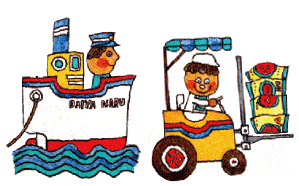
2. Careful selection and washin
The soybeans are put in a sorting machine to remove impurities, then in a washing machine to wash them with water.
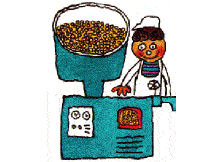
3. Maceration
The washed soybeans are soaked in water for hours, absorbing it to swell up to twice their original size.
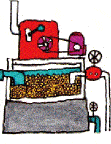
4. Grinding
The soft and full-of-water soybeans are then grinded finely in a grinder with the water to turn into what is called “raw go”.

5. Heating
This “raw go” is then heated by blowing steam through it, turning it into “go”. During the heating process, proteins in the soybeans will go through heat denaturation, following which they can be used to make tofu.
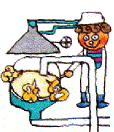
6. Straining
Solids in the “go” are then separated through straining: they become soy pulp and the liquid will become soy milk. The soy milk will be used to make the Kori-tofu while the soy pulp will be used as fertilizer for growing mushrooms or feed for livestock.
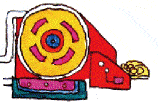
7. Coagulation
Calcium chloride (a coagulant) is added to the soy milk to harden the tofu components. This important process in the making of Kori-tofu requires an advanced technique.
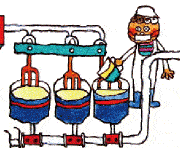
8. Pressing
Pressure is put on the soy milk containing the added coagulant. Pressing it will concentrate the tofu components and turn it into firm tofu. This tofu used for making Kori-tofu has a concentration twice that of standard tofu.
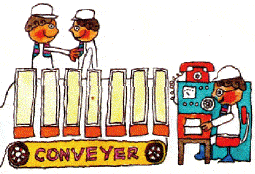
9. Cooling
Heat in the tofu is dissipated by circulating cool water in a cooling process that takes hours.
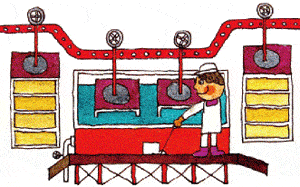
10. Cutting
An automatic cutting machine is used to make individual tofu blocks. Their size is decided at this point.
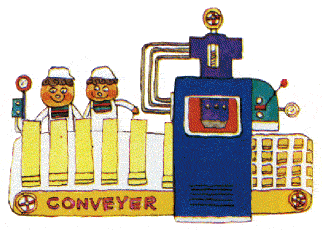
11. Freezing
The tofu is put in a freezing chamber. There are different rooms in the chamber with various conditions, and the tofu is left there for hours in order to freeze. This freezing process will influence the quality of the Kori-tofu.
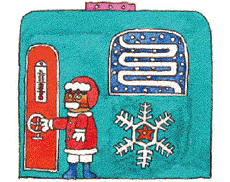
12. Low temperature curing
The frozen tofu is then stocked in a refrigerated warehouse and cured below freezing-point for a period of approximately three weeks. The bonds between the proteins in the tofu will grow stronger during this period to achieve the unique texture of the Kori-tofu.
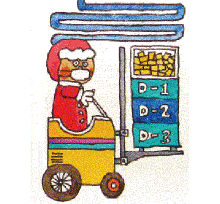
13. Thawing
The tofu is thawed with cool water once the fermentation process has completed.
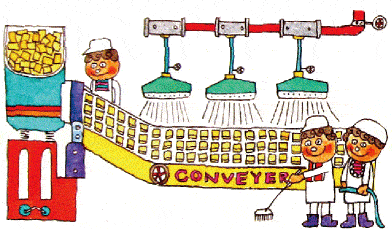
14. Swelling and softening
A liquid solution of potassium carbonate is added in order to soften and add taste to the tofu when it is to be prepared before eating. Easy-to-handle sodium bicarbonate had been used for many years, but with consideration for the consumers' health, a new method that no longer uses sodium was developed (in 2014).
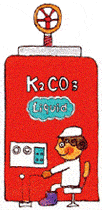
15. Drying
Once the swelling and softening is done, the tofu is put in a drying room to dry under meticulously controlled temperature and humidity conditions. Advanced techniques are required in order to prevent water from remaining in the tofu, and prevent the tofu from breaking down.
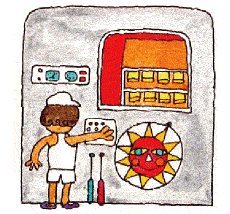
16. Inspection
Damaged blocks of tofu are screened out as only the ones passing inspection are used for products.
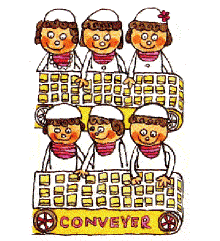
17. Packaging & Shipping
Products are packaged according to their contents and then shipped all over the country.
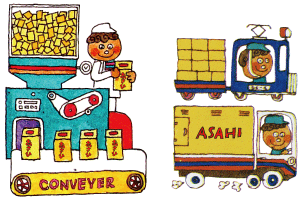
Illustrations by Taizi Harada (painter and graphic designer)
Born in 1940 in Suwa City in Nagano Prefecture, Taizi Harada graduated from the Department of Commercial Design at the Musashino Art University Junior College of Art and Design in 1963. He contributed works for a weekly column entitled “The World of Taizi Harada” in the Sunday's edition of the Asahi Shimbun newspaper for two and a half year starting in 1982. The Taizi Harada Art Museum in Suwa City is dedicated to his works and opened in 1998. Exhibitions of his art were held all over Japan, and also in five major cities in the United States, two in Brazil and 3 countries in Central America. Besides working as a designer, Taizi Harada took inspiration from all over Japan for his works on the theme of “Hometown”, in which he continues drawing scenery of a slowly disappearing Japan.
